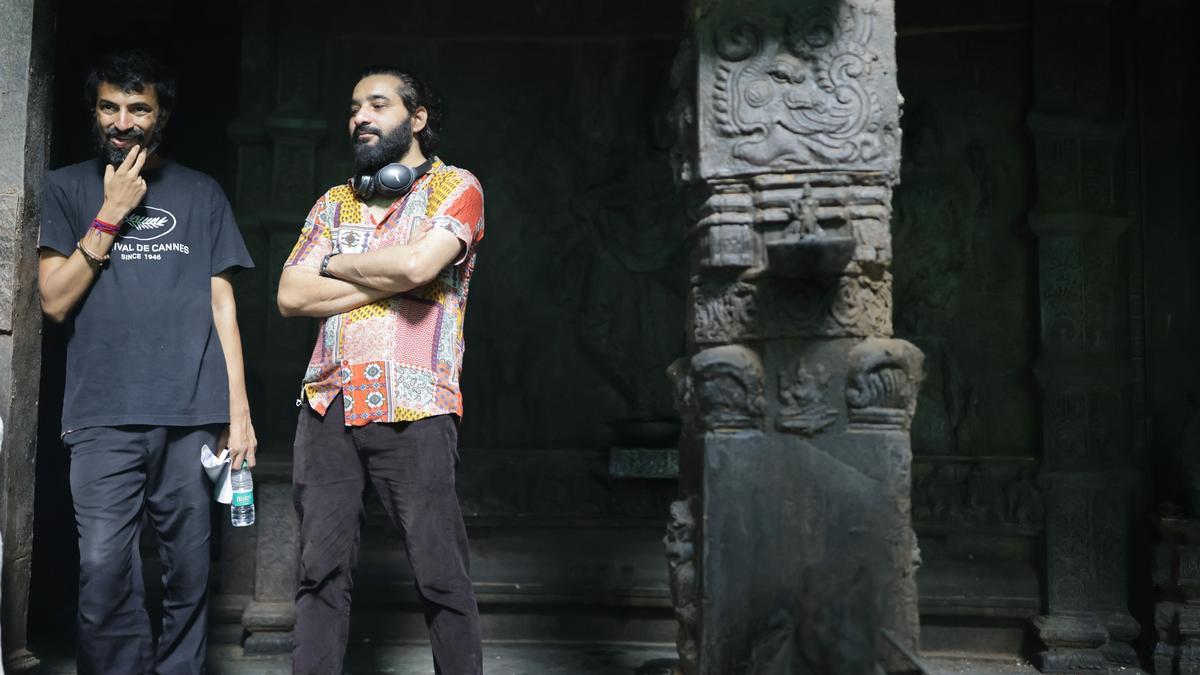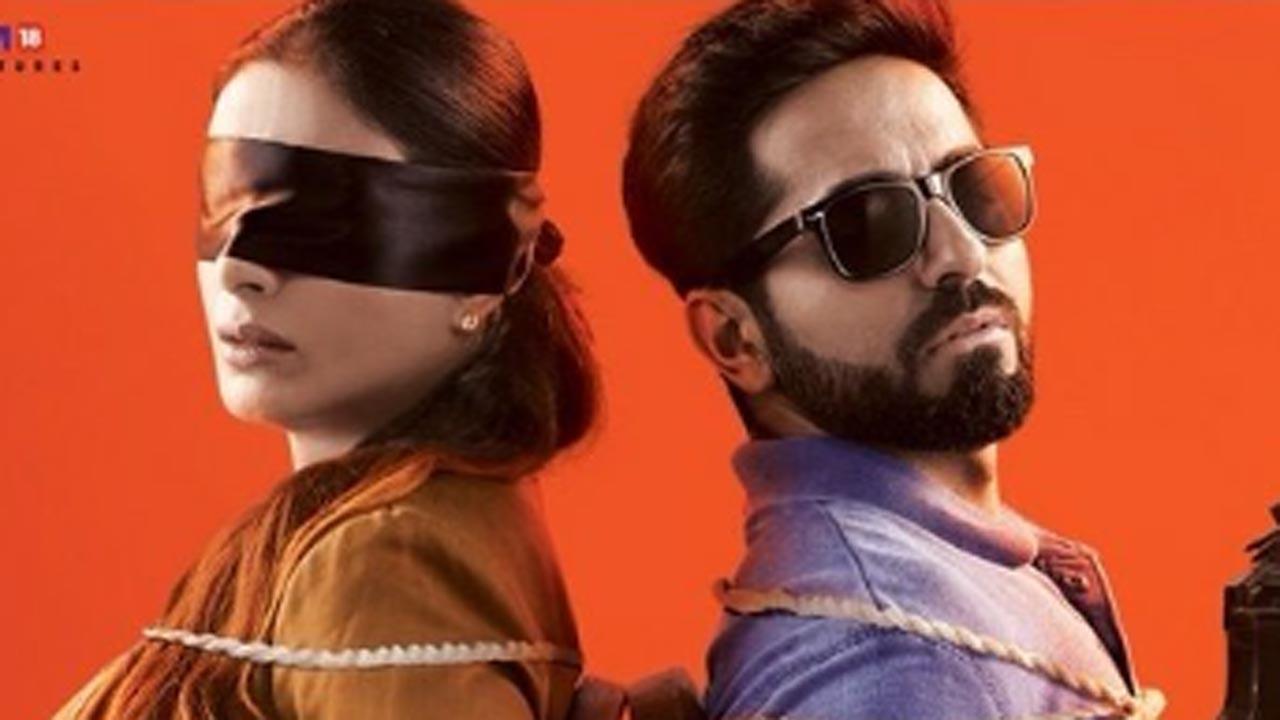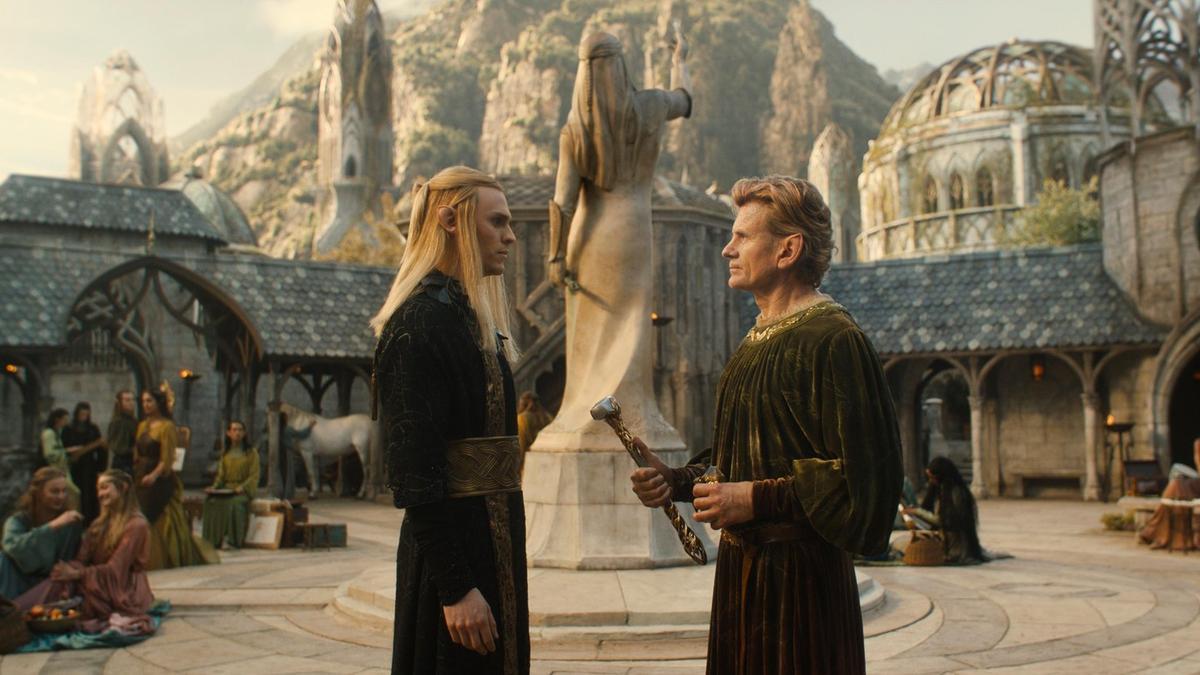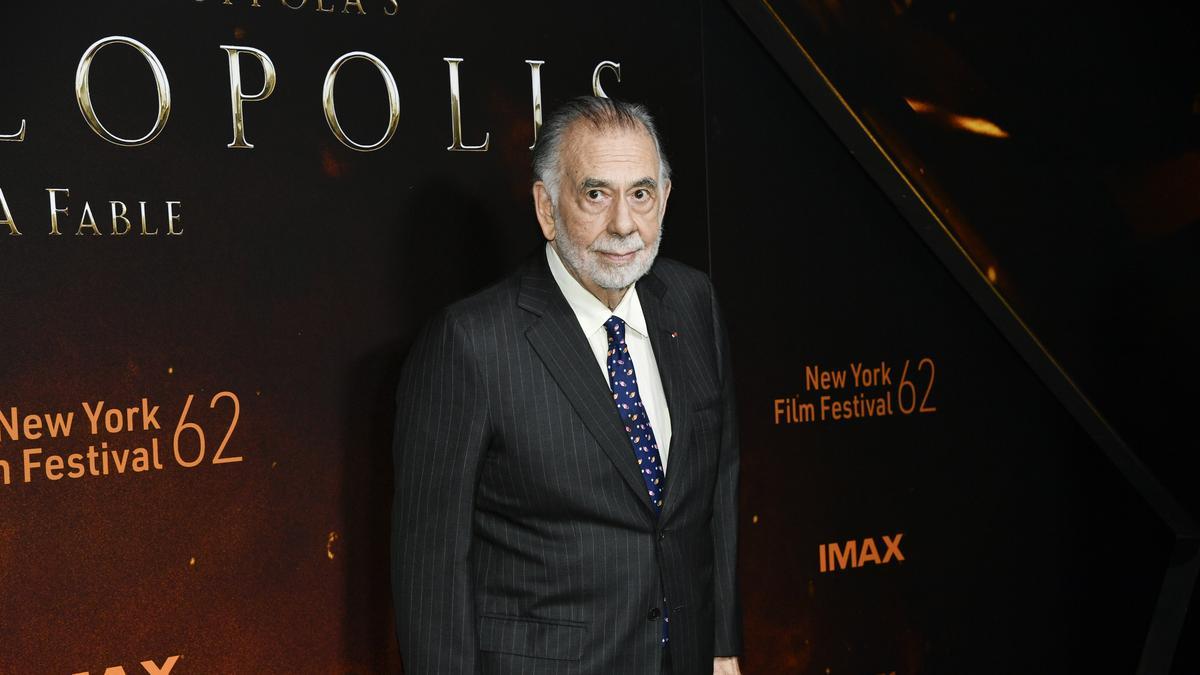
Towards the end of 2019, Nitin Zihani Choudhary’s path crossed with director Nag Ashwin. By this time, Choudhary had already built a reputation for himself in the industry, thanks to his remarkable production design for Tumbbad (2018). This film not only fetched him recognition but also several accolades. A graduate of the College of Art in New Delhi, Nitin had dedicated six years of his life to Tumbbad. This caught Nag Ashwin’s attention, and he jested that Nitin might find himself equally invested in Kalki 2898 AD for the next four years. “I was the first to be on board in the technical team because developing the designs would take time,” Nitin shared in an interview with The Hindu.
Nitin was deeply intrigued by the film’s narrative, which seamlessly wove together the Kurukshetra war with futuristic, dystopian science fiction. “I knew it would give me a big canvas to play with the design,” he said, regarding the film that features stars like Amitabh Bachchan, Prabhas, Deepika Padukone, and Kamal Haasan, and has reportedly grossed over ₹900 crore globally.
A Bachelor of Fine Arts graduate with a penchant for painting, illustrations, and sculpture, Nitin also mastered 2D and 3D animation. “My parents were concerned that I wasn’t concentrating on one aspect of art,” he revealed. However, when he started creating storyboards for advertisements and later transitioned into cinema, he found a way to utilize all his skills. In Kalki 2898 AD, he worked closely with the 3D and visual effects teams to bring the futuristic vision to life.
Nitin’s journey included designing posters for Anand Gandhi’s critically acclaimed Ship of Theseus, which subsequently led to his involvement in Tumbbad. He later worked on Atrangi Re, which provided him with his first taste of mainstream Hindi cinema. “Atrangi Re was a delightful experience,” he said.
When Nitin began working on Kalki, the screenplay was still a work in progress. The design language developed over time as Nitin’s team, along with concept artists and art directors, collaborated to create the cityscapes of Kasi, Complex, Shambala, and Kurukshetra. Nitin recalls asking Nag Ashwin why he chose to undertake such an unprecedented film. “He had been germinating this idea for a while and had his reasons,” Nitin noted.
As the project evolved, it became apparent that the storyline and characters were too vast for a single film. “At some point, it turned into a two-part series due to the number of characters and their arcs,” Nitin explained. Characters like Bhairava, who starts as a selfish individual seeking to ascend to the Complex, are still developing by the end of the first film.
The film portrays Kasi as a crumbling city where the once mighty Ganges has dried up, leading to widespread despair and a shortage of food and water. “We planned a mini city,” Nitin said, describing the expansive set built at Shankarpally in Hyderabad, which included a main street, alleyways, a grand entrance, and various interiors. “Some sets were 400×400 meters, with heights reaching up to 30 feet to ensure sufficient depth for the camera.”
For Bhairava’s introduction action sequence, bridges of varied heights were built, along with the ruined remnants of temples that aligned with the film’s script. “It was thrilling to weave elements of science fiction into a dystopian Kasi,” Nitin remarked.
.
A significant effort was invested in creating a comprehensive 400-page lookbook detailing the different worlds of Kalki. However, Nitin felt something was amiss. “The designs looked good on their own, but I felt they may not integrate well together to depict a coherent city or timeline,” he said. With input from producer Priyanka Dutt, who was hands-on with the entire workflow, the team revisited the drawing board.
Kasi was envisioned as a vertical city, where demigods like Ashwatthama reside underground, and rakshasas like Yaskin and his army dominate from above. Inhabitants, deprived of basic necessities, look up towards the Complex. “The large construction leading to the inverted pyramid can be seen as common people trying to touch the feet of the Complex,” Nitin illustrated.
The color palette for Kasi incorporated yellows, browns, and blacks, contrasting sharply with the blue and green of the Complex. Costumes designed by Archana Rao for characters in the Complex emphasized their dominance with black and gold hues.
One of the standout images in the Complex is a replica of Michelangelo’s David statue, appearing in a song featuring Bhairava and Roxie (Disha Patani). “We envisioned Yaskin as a fallen God or an antithesis of God,” Nitin elaborated. Yaskin’s domain, a circular space surrounded by water, was intended to symbolize the womb.
In Shambala, a hidden realm in the mountains, the design adopted hues of white, off-white, and grey to align with the snow-covered landscape. “Shambala is portrayed as a sanctuary for people from diverse religions, which led us to remove earlier religious references and focus on the tree as a mother God,” Nitin explained.
For the Kurukshetra scenes, every small detail, such as the flags on warriors’ chariots, was meticulously designed to be era-appropriate. “No shortcuts were taken; each flag was intricately made with threadwork and fake gemstones,” Nitin noted. Large-scale elements, like a 17-foot elephant constructed for the film, were enhanced with visual effects for realism.
In the sci-fi segments, weapons from different eras co-exist. “In today’s age of AI, novelty in design is essential,” Nitin stressed. He shared that for the futuristic guns of 2898 AD, they began by conceptualizing guns without traditional triggers and barrels. “Designing these weapons was like reinventing the wheel,” he said. Some of the guns open into larger sphere-shaped weapons, detailed meticulously in science charts.
Nitin humorously pointed out that explaining the design language of each world in Kalki could take hours. He recalled a temple set built for the film that was so convincing it was mistaken for a real temple by the mothers of Nag Ashwin and Priyanka Dutt, leading to impromptu pujas. “After that, we all considered it a sacred space,” he recollected.
With the extensive work behind Kalki 2898 AD, there are plans to document the creative journey. Nitin mentioned the possibility of creating a coffee table book, capturing the monumental effort that went into bringing this visionary film to life.










